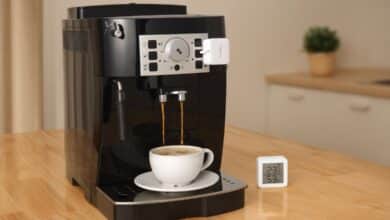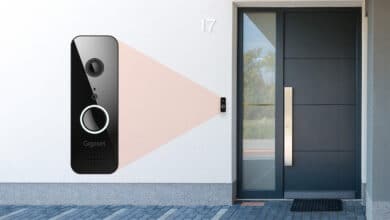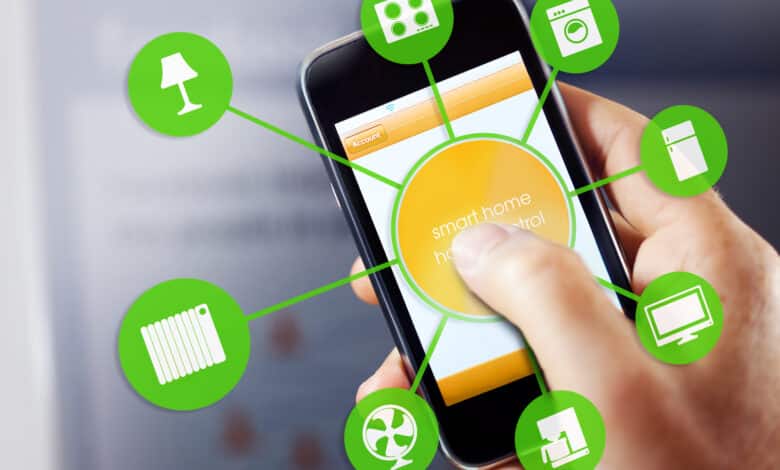
Imagine you can use your smartphone to unlock your front door, switch on the lights automatically and ask your virtual assistant to make a cup of coffee. While you’re out and about, your smart thermostat will turn down the air conditioning or heating, and in between, the robot vacuum cleaner will run through your home.
Installing and managing smart devices like these is easier than ever. If you want to create your own smart home, we’ll show you how to get started in this post.
How to control your smart home devices
You can control the basic functions of many smart home devices directly via WLAN and an associated mobile app. You just need to connect a new product to the home network, download the corresponding app and – done.
Other smart devices rely on more general wireless protocols like Zigbee and Z-Wave, through which they communicate with a hub. The advantage of a hub is that you can consolidate all your smart home products into one app and control them from there.
And then there are products that work with several standards. These are especially suitable in the beginning, when you don’t yet know exactly how you want to set up your smart home. Focus first on one or two gadgets that particularly appeal to you, and then gradually build the smart home of your dreams.
The 1×1 to voice control
Voice assistants are an easy and popular way to control your connected devices. As long as they support voice control, they can turn on the lights for you, crank up the air conditioning, make coffee and more.
A smart speaker provides access to voice assistants like Amazon Alexa, Apple Siri, and Google Assistant, depending on which speaker you purchase. Amazon definitely has the widest selection with its diverse collection of Echo speakers. Google offers some Nest speakers, and Apple sells the HomePod mini.
Note: There are also third-party speakers that support Alexa and Google Assistant, but Siri is limited to the HomePod.
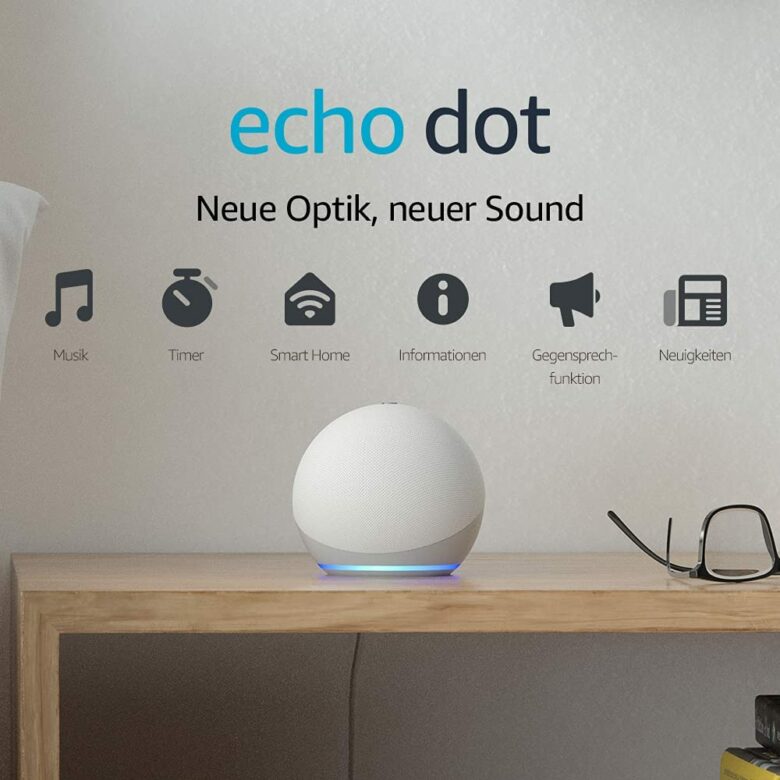
If you want a voice assistant that you can also use to control other devices in your smart home, consider a smart display. They work just like smart speakers (so they support voice commands and can play audio), but they also have a screen that you can use to control various smart home devices.
Apple does not offer smart displays, but you can find equivalent models from Amazon Echo Show and Google Nest.
Smart lighting on trend
Smart light bulbs allow you to control individual bulbs or groups of bulbs. Using your phone, you can adjust the color, color temperature and brightness of these bulbs to create the ideal environment for your activities. They are as easy to install as regular light bulbs.
An alternative is smart light switches, which you can use to control the existing light fixtures in your home. However, you’d better hire a professional to install such a switch, because high-voltage lines have to be worked with.

Smart thermostat for more comfort
With intelligent thermostats, you can control your air conditioning and/or heating from your smartphone and automatically adjust the temperature based on the time of day, current location, and the status of other connected devices. Some models use remote sensors to ensure even heating and cooling throughout the home. Installing smart thermostats usually works very easily and requires only a few drillings.
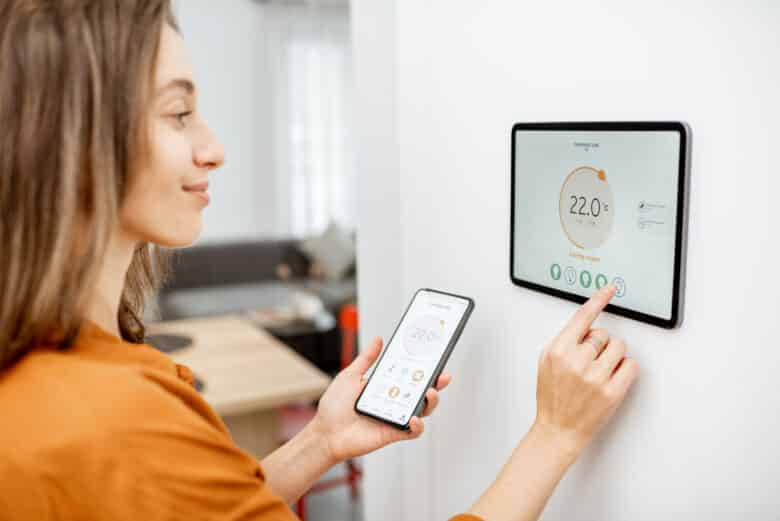
Smart Home and Security
A popular category when it comes to smart homes is security. For example, with smart locks you can lock/unlock the door by phone or voice command. Or you manage whether it allows permanent or temporary access. And not to forget: Fingerprint access. By the way, most smart locks are complete sets that are relatively easy to install.
Moving on, intelligent doorbells: allow you to see a person at the front door and talk to them before you open the door. You can even view this data on your phone. Many smart doorbells are paired with their parent company’s cameras, which effectively lets you create an entire surveillance system that can then detect motion and notify you.
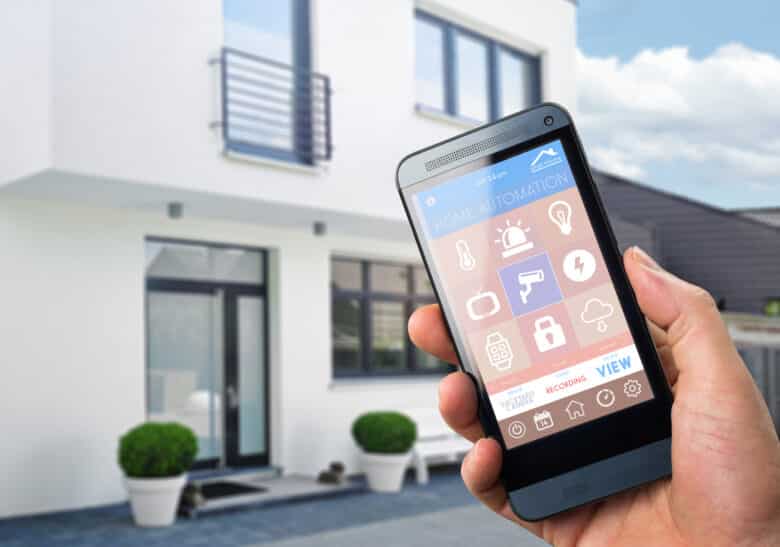
Some indoor cameras use motorized components to provide a 360-degree view of a room. Outdoor cameras are weatherproof and some even come equipped with floodlights to illuminate driveways and backyards. In the simplest case, you’ll buy a wireless outdoor camera, because otherwise you’ll have to pay attention to the wiring.
Many smart home security systems not only protect your home, but also provide a platform for integrating and controlling multiple home automation devices through a single app.
Conclusion
Building a smart home requires a lot less knowledge than you might think. First, think about which area you want to start with (not all at once!) and make sure you use the same standards for the devices so there are no conflicts later. Then you can try out new devices and areas bit by bit. As more and more innovations and gadgets hit the market, you’ll definitely have an exciting selection and plenty of upgrades for the future. Have fun!


